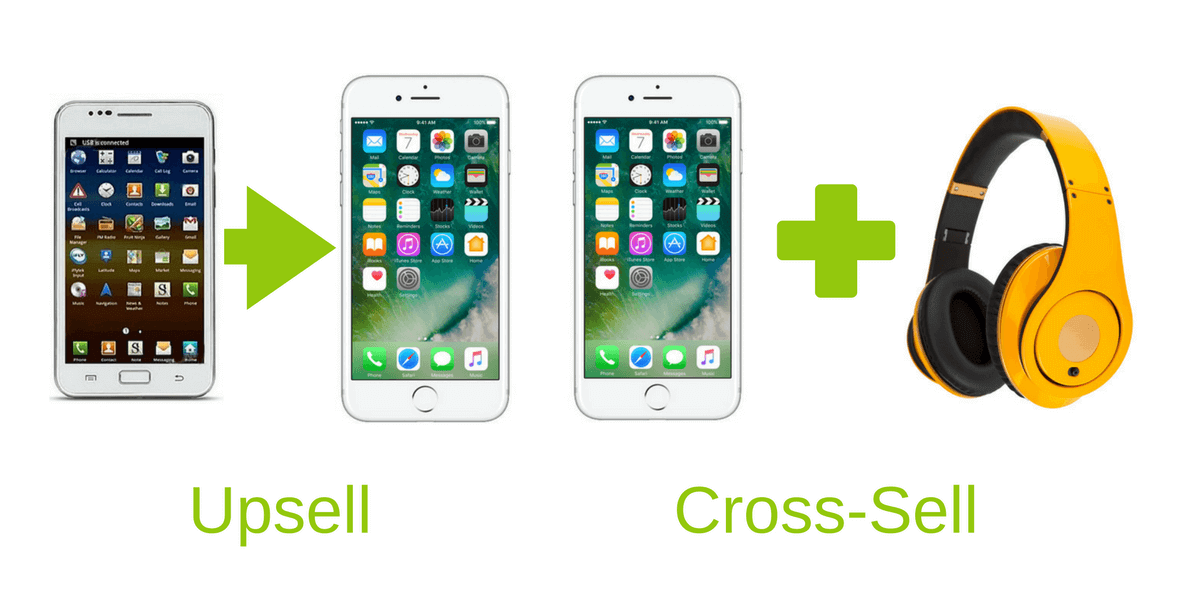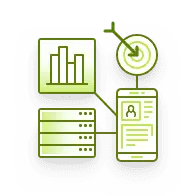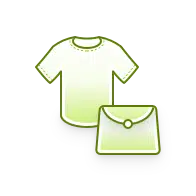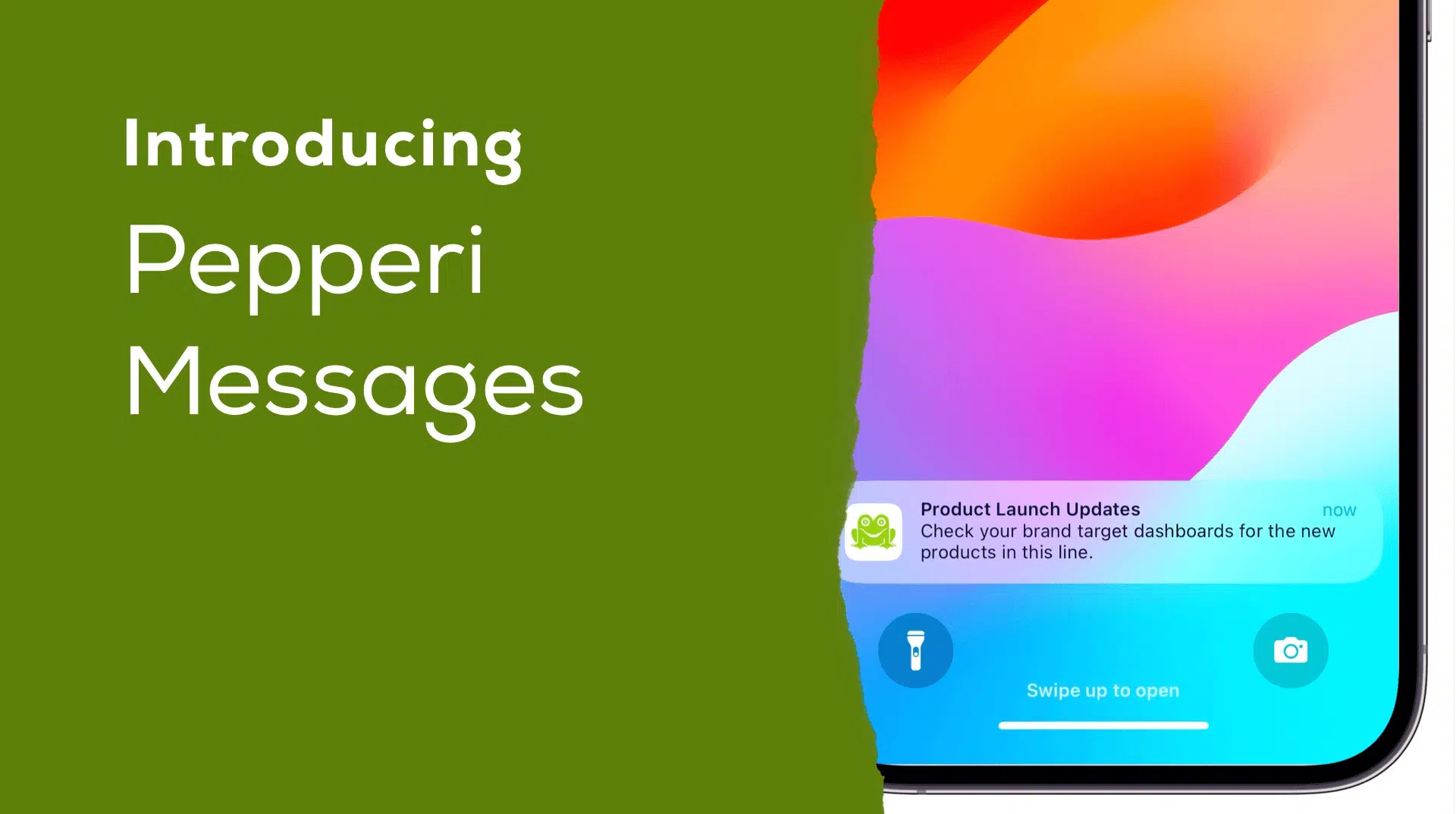15 Proven Cross-Selling and Upselling Tactics that Increase Order Size
December 13, 2021 By Stacey Woods

Perhaps the easiest way to increase B2B consumer goods sales is to sell more to a customer that is already buying, using smart cross-selling and upselling tactics. The two are often confused, so in a nutshell, here is the difference: Upselling encourages the ordering of anything that would increase the price of the primary product; cross-selling encourages a buyer to order additional items in conjunction with the primary product.
Consistently upselling and cross-selling results in an increased average order size. But many businesses, and particularly their sales reps, are reluctant to cross-sell and upsell because it can be perceived (by the customer) as chasing another dollar. Done right, however – presented as tailored recommendations, not aggressive sales tactics − incentivizes the customer to buy products that better meet their needs or add value to the product that they are already buying. For distributors and wholesalers, this has the additional benefit of improving customer retention and loyalty.
Here are some cross-selling and up-selling tactics to help you master the art of B2B upselling and cross-selling.
1. Listen to your customer
Your interactions with your customers should focus on their best interests, not trick them into buying something they don’t need. By paying close attention to your customers’ needs and positioning yourself as a trusted advisor versus a product pusher, you can adjust your pitch as the engagement evolves.
2. Ensure your offers make sense
Irrelevant upselling and cross-selling offers lead to fewer conversions, so any add-on or upgraded item should clearly relate to the original purchase. For upselling, explain why the more expensive item will serve their particular needs better; when cross-selling, spell out why they need this product as well.
3. Offer discounts and bundles
If you have multiple products that are relevant, offer special discounts and trade promotions. For instance, 25% off if the total amount is greater than $500; 20% for 5 or more items; free shipping if the total exceeds $300. When a customer is showing interest in article A, propose a logical bundle of A+B+C; package all three items and offer them for less than the sum of the individual parts.
4. Keep the total amount within range
When choosing upsell and cross sell products, make sure that the overall order does not increase by more than 25 per cent. Customers will rarely order more than 25% than what they planned.
5. Remember: Timing is everything
Upsells or cross-sells that fit the buyer’s needs but are not offered at the right moment can actually derail a purchase. Decide at which point during the ordering process the customer would be most receptive to accepting your pitch – usually right after they select a product from the catalog or at “check-out”.
6. Stay in the picture between sales calls
Continually educate your clients through electronic newsletters and product bulletins across multiple channels (email, website, FaceBook, …) to promote your products and provide relevant market information. This helps to position you as an industry expert, which in turn increases your chances of successful upselling and cross-selling.
7. Familiarity breeds trust
The purpose of cross-selling and upselling is to increase the order size while the buying motivation is strong. The more familiar your customer is with the proposed item, the more likely they are to accept it. New products take time to catch on, so this is not the right time to introduce them, unless the price is unusually low.
8. Make it worthwhile for your sales team
Cross-selling and upselling efforts are directly dependent on the motivation of your sales reps. Compensation is always an important factor in selling and even more so when you are asking reps to make that extra effort with each sale.
9. Educate your sales reps
Ensure that sales reps are well-trained on the products to be cross-sold and upsold. Rehearse the presentation skills necessary to demonstrate how a complementary or higher-grade item benefits the customer in order to increase the chance that they say “yes.”
10. Add credibility
If possible, provide quotes from experts or celebrities or customer reviews about the product being upsold or cross-sold. When upselling, promote your best-reviewed or most sold products.
11. Don’t push too hard
Cross-selling and upselling can negatively impact the customer perception of your brand and reduce overall conversion. If they’ve already said no, best to lay off. Remember that the main goal is to create value for your customers, not make them buy something they don’t need or want.
12. Resist the temptation to dump junk
Cross-selling and up-selling are often useful for moving unwanted inventory, which makes good business sense − provided the customer isn’t stuck with useless or defective products. If you are clearing stock that will not be replaced, let the customer know. Otherwise, you might make the sale only to lose customer trust.
13. Use the right words
If the upsell or cross-sell makes the customer feel they are getting more value than they expected, they will be more likely to buy. Communicate value using phrases like ‘Special Offer and ‘Save Now’ to tap into the innate human desire to get a good deal.
14. Keep it above board
Cross-selling and upselling have a bad rap for being used unethically to push customers to shell out more money, so buyers are understandably skittish. The more open and transparent the entire sales process, the more likely customers are to conclude the purchase. If they’re taken aback by the final amount at check-out, there’s a good chance they will bolt and abandon the transaction completely.
15. Invest in an automated sales system
Automated sales solutions categorize products and tag related products for easy cross-selling and upselling. Analytics identify which products should be offered to which customers, enabling highly targeted cross-sell and upsell campaigns based on demographics, location, past purchases, product interest and more. Sales reps know exactly what and when to upsell and cross-sell to each of their customers.
For more upsell and cross-sell best-practices & tips watch our webinar: How to create effective trade promotions or download our free eGuide: Dos and don’ts of great promotions.
























